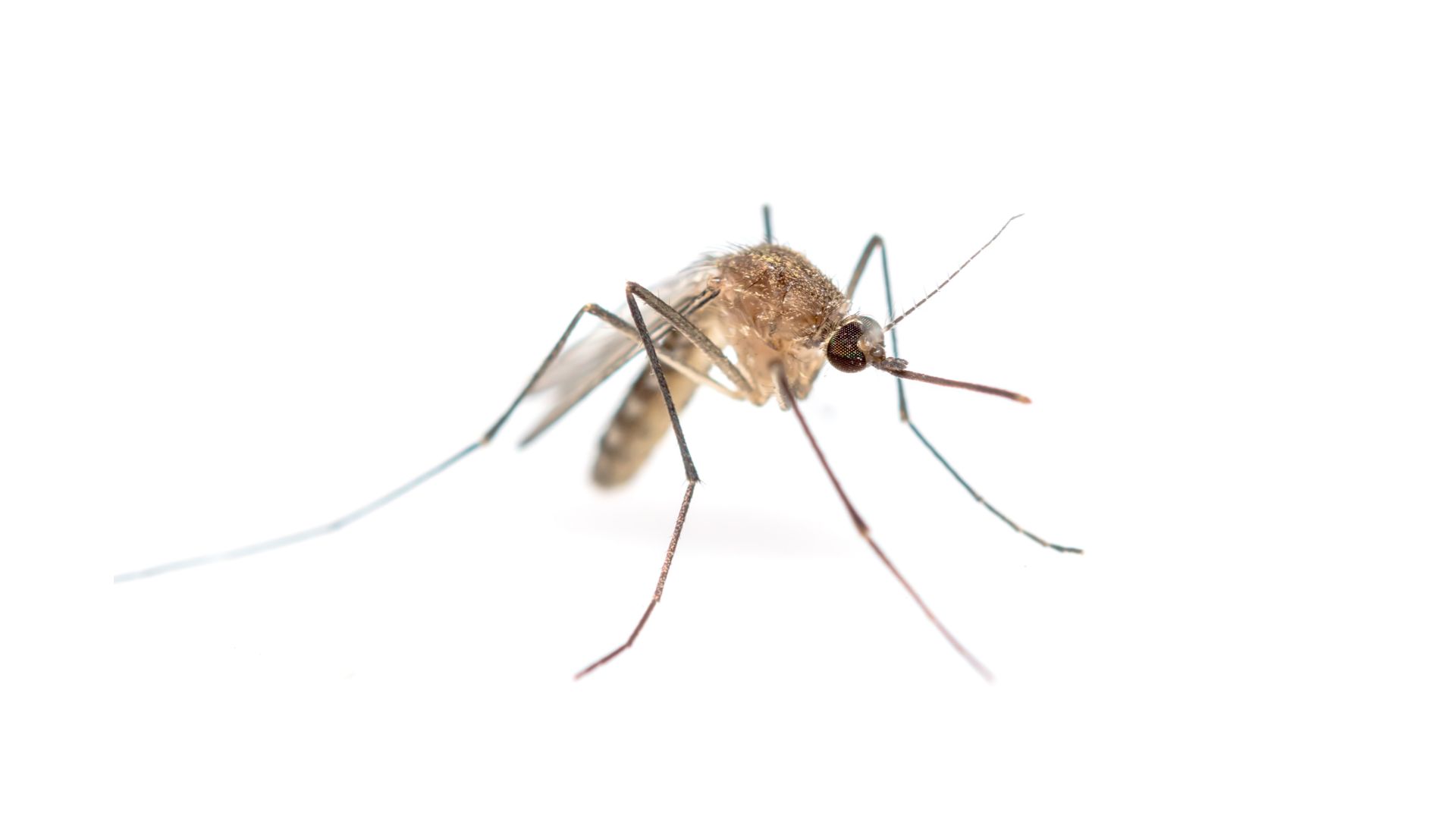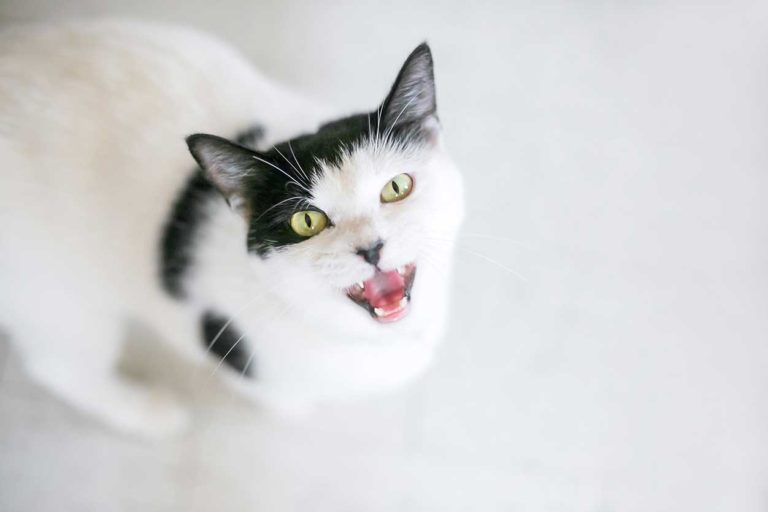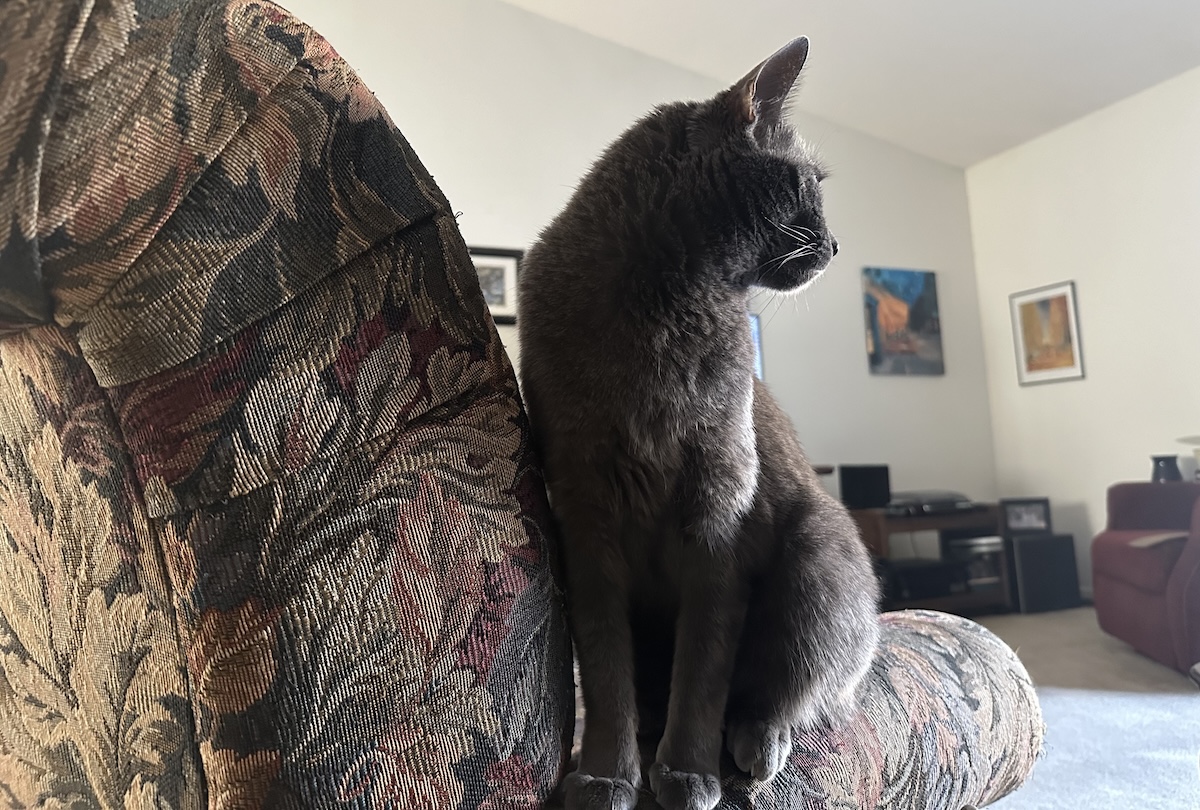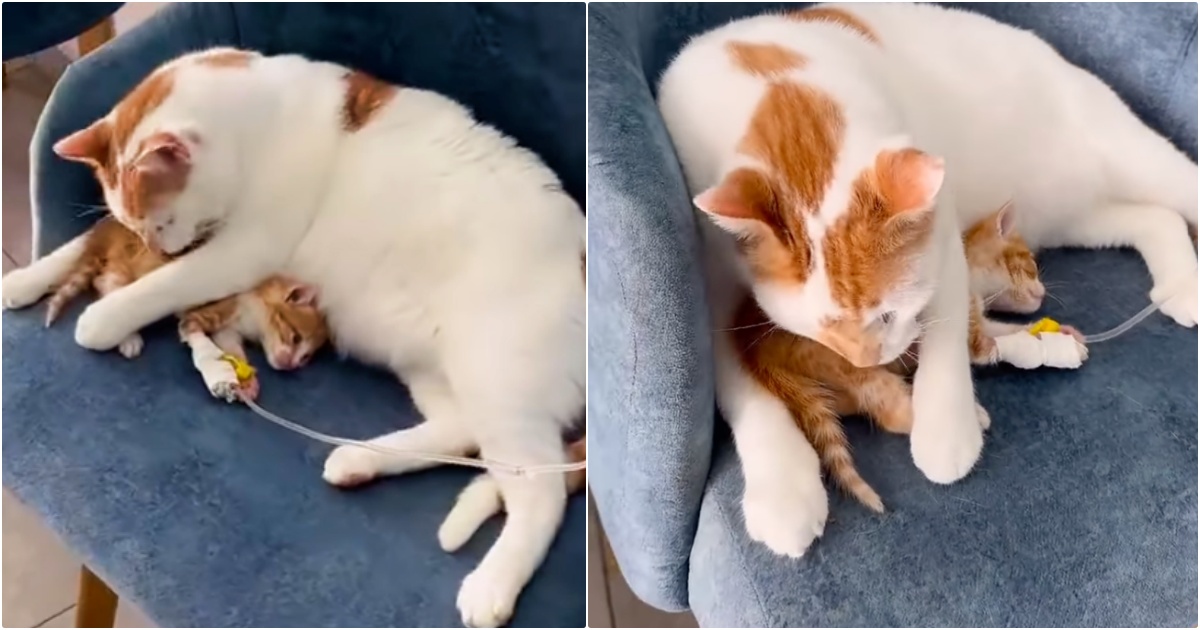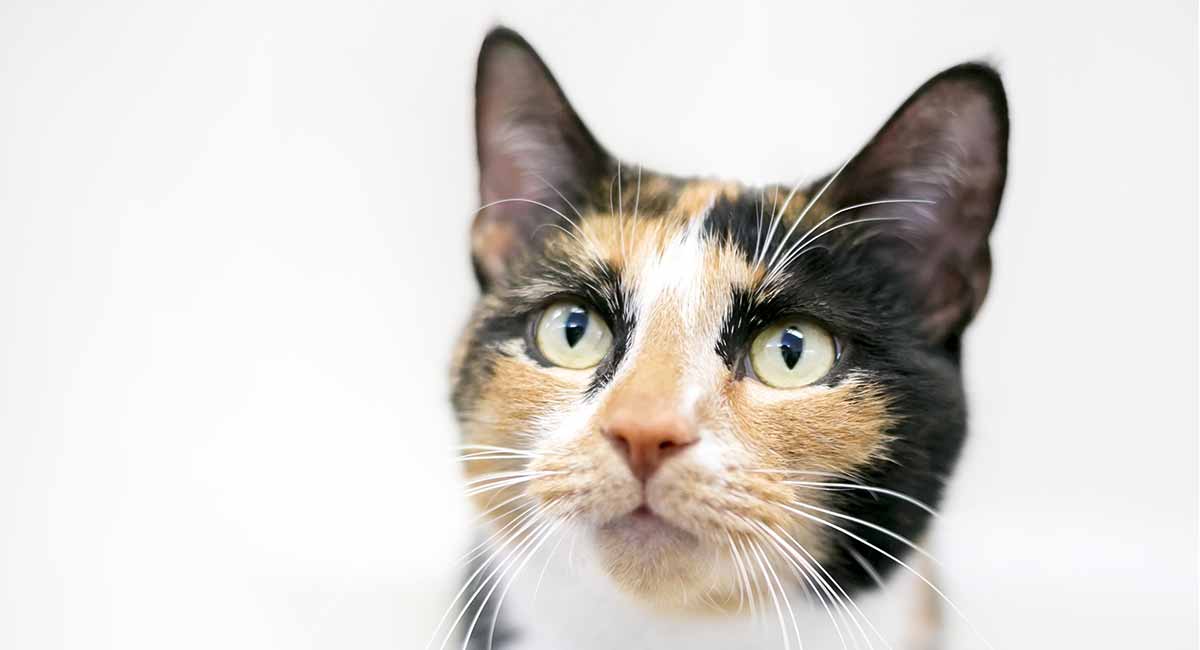Physaloptera Nematode Inflicting Gastric Ulcers in a Canine | VETgirl Veterinary Persevering with Schooling Weblog
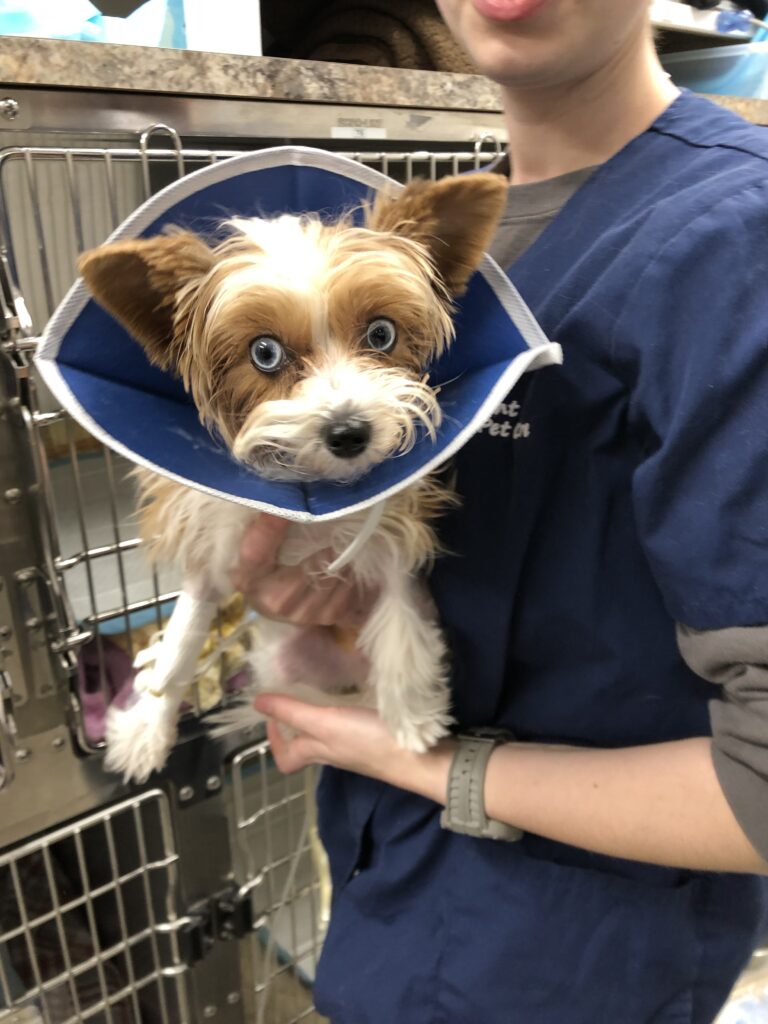
February 2023
On this VETgirl on-line veterinary persevering with schooling weblog, Dr. Amy Kaplan, CVMA, DACVECC, MRCVS opinions a case of Physaloptera, a uncommon reason for gastric ulcers in canine. By no means heard of this uncommon nematode? Tune in to study extra!
By Dr. Amy Kaplan, CVMA, DACVECC, MRCVS
VETgirl Contributor/Webinar Moderator
Physaloptera Nematode Inflicting Gastric Ulcers in a Canine
OK, as an emergency crucial care specialist, I see an entire lot of vomiting at Urgent Pet Care. Vomiting in canine. Vomiting in cats. All day vomiting. Nicely, this case right here was about an 18-week-old, intact feminine, blended breed offered to the veterinary ER for guess what? Vomiting for every week, at all times instantly after consuming meals. Earlier that week, the pet was seen at her main care veterinarian, who had taken radiographs to rule out a gastrointestinal (GI) international physique; the canine was handled outpatient with maropitant (Cerenia), a bland weight loss plan, and an anthelmintic, pyrantel pamoate, for empiric remedy of GI parasites.
The shopper reported that the vomiting was maybe much less frequent after outpatient remedy, however for the reason that pet nonetheless had a great urge for food, they determined to see if it could resolve via the week. Nonetheless, over the weekend (after all – at all times the weekend!), the vomiting progressed to elevated frequency and the canine was offered to the native veterinary ER hospital. Routine diagnostics included a CBC (with no vital findings), a biochemistry panel (all inside regular limits apart from a light hyperglycemia at 140 mg/dL [7.8 mmol/L, reference range 75-125 mg/dL / 4.2-6.9 mmol/L]), and a barium sequence (to search for presence of international materials/obstruction or delayed gastric emptying). No barium retention was seen via the examine; all barium was noticed within the colon on the closing 8hr verify. As there was no radiographic indicators of GI obstruction and after efficiently holding down some meals, the canine was discharged.

Cutest vomiting pet ever! Photograph by Dr. Amy Kaplan, CVMA, DACVECC, MRCVS
Three days later, a follow-up telephone name revealed that the pet was nonetheless often vomiting after consuming, however remained in good spirits with regular vitality and exercise. Roughly 2 weeks after her ER go to, the pet re-presented to the ER for delicate hematemesis, regardless of being on a bland weight loss plan (e.g., boiled hen/rice). The pet was nonetheless BAR (shiny, alert and response), and nonetheless confirmed curiosity in consuming and ingesting, however the hematemesis actually involved the homeowners.
Repeat diagnostics have been regular (e.g., CBC, chemistry) apart from a light hypokalemia of three.6 mEq/L (3.8-5.3 mEq/l), presumptively secondary to the vomiting of gastric fluid and lack of dietary consumption secondary to the vomiting. PT/PTT occasions and platelet depend have been inside regular limits, and a snap cPL was regular, serving to rule out pancreatitis as an underlying trigger for the vomiting. A parvovirus snap take a look at was carried out (regardless of diarrhea not being current to be actually certain all bases have been coated); this was detrimental. Stomach radiographs confirmed no suggestion of a GI obstruction nor any international materials lingering within the abdomen.
As a result of lack of entry to a diagnostic stomach ultrasound over the weekend, the ER veterinarian supplied to carry out a surgical discover to search for any abnormalities that could be inflicting the vomiting. Through the stomach discover, the intestines appeared regular in coloration and motility, however the abdomen had an space of seen bruising. Suspecting this was a deep ulcer, the ER clinician resected the affected abdomen tissue solely to disclose…
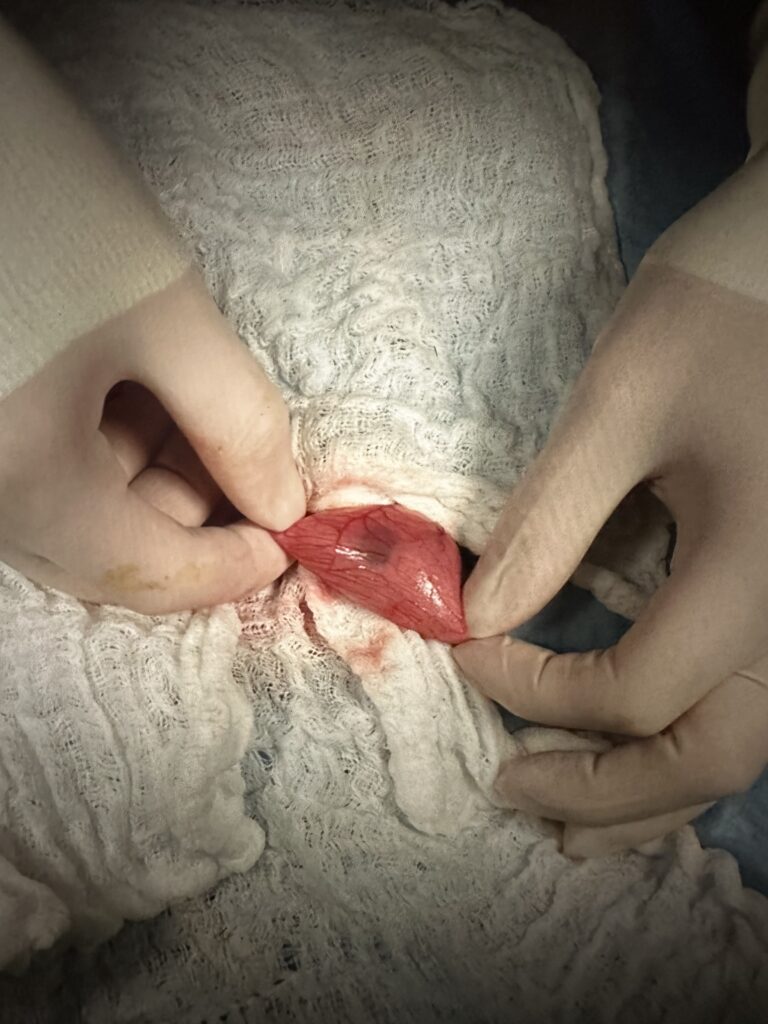
Gastric ulcer discovered within the pet’s abdomen as a consequence of Physaloptera Photograph by Dr. Amy Kaplan, CVMA, DACVECC, MRCVS
a dwell and wriggling worm hooked up to the within of the abdomen within the gastric ulcer!

The Physaloptera worm discovered within the gastric ulcer on this canine. Photograph by Dr. Amy Kaplan, CVMA, DACVECC, MRCVS
Yuck (however oh so cool too)! Understanding there could possibly be extra of those worms current, the ER clinician visually and palpably examined the inside of the abdomen to the very best of their capabilities (being such a tiny pet abdomen!). After not discovering another worms or ulcers, the abdomen and surgical websites have been closed. The worm was not submitted for identification, however primarily based on the discovering of just one dwell worm and the related abdomen ulcer it triggered, the suspicion was raised for the abdomen worm being Physaloptera. Additionally, as worm gave the impression to be immune to the just lately administered anthelminthic remedy, the index of suspicion was even increased for Physaloptera.
So, what precisely is Physaloptera?
Physaloptera, a nematode, will be discovered worldwide and may have an effect on each cats and canine. As soon as an contaminated insect, mouse, or probably even frog is ingested, the nematode larva then grows to full maturity throughout the abdomen of the canine or cat (1). Grownup worms will be anyplace from 1 to six cm in size and primarily connect within the abdomen, however proximal duodenal attachment has additionally been reported (2).
Diagnosing abdomen worms will be tremendous tough! So, how will we establish Physaloptera? Contaminated cats and canine have a tendency to indicate solely obscure indicators of intermittent vomiting (and probably regurgitation), however typically preserve a great urge for food and vitality stage. Some canine and cats might utterly asymptomatic too. Worm burdens in contaminated sufferers are tremendous low – usually lower than solely 5 worms. Physaloptera produce fewer eggs than different widespread canine and feline nematodes and their eggs typically sink in fecal flotations. This makes detection of Physaloptera eggs by our widespread routine fecal screening extremely tough. You could get extra yield of the heavier eggs on fecal sedimentation, however there’s nonetheless simply SO few eggs produced from the grownup worms (as they’re so few) that it’s straightforward to overlook them.
Typically animals might vomit a worm or two, however extra typically the worms are firmly hooked up to the gastric mucosa the place they trigger ulceration of the abdomen and probably even of the duodenum. These worms can evade our routine anthelminthics and month-to-month preventatives, so simply because our pets are handled, that doesn’t imply they’re protected or “handled.” Some experiences recommend profitable remedy of Physaloptera with longer programs of high-dose fenbendazole along side pyrantel pamoate (2). Nonetheless, the simplest option to rid these worms up to now is to bodily extract the buggers via endoscopy or surgical procedure (2).
So, again to this poor pup. After restoration from surgical procedure, the canine was began on gastroprotectant medicines (e.g., particularly sucralfate and famotidine, an H2 blocker) to deal with the remaining ulcers and potential gastritits. (As a result of affected person’s small dimension, omeprazole was not available OTC, however would have been most popular primarily based on stronger efficacy for the remedy of gastric ulcers). This canine recovered uneventfully and bounced out of the hospital as completely satisfied as she got here in, however with no additional vomiting. The pet homeowners have been warned that reinfection with Physaloptera was attainable, if the nematode was residing within the native setting. At a 21-day verify, the canine remained completely satisfied and wholesome, gaining acceptable weight, whereas not vomiting/regurgitating.
I really feel like at this stage in my profession, the obscure vomiting workup is nearly reflexive at this level with a CBC, chemistry, UA, radiographs, fecal, and + parvo take a look at (relying on vaccine standing). And I believe we usually do get a solution from simply the first-tier or possibly even the second-tier diagnostics.
Can we routinely bounce to surgical procedure within the vomiting canine? Stomach explores will be highly effective diagnostic instruments, however now we have to weigh the dangers of anesthesia and surgical procedure, and customarily after we’re reaching for this diagnostic, it’s as a result of now we have exhausted our widespread, much less invasive, vomiting workup instruments and nonetheless not discovered a solution. For this pup, surgical exploratory not solely discovered her reply, but additionally was the means for remedy. So typically we workup puppies with obscure indicators of vomiting that find yourself being from widespread points like weight loss plan change or dietary indiscretion. Whereas this affected person’s indicators have been obscure, acceptable work up revealed her analysis was a bit extra of a “zebra.” Although it’s ingrained in us from vet college to search for horses while you hear hoofbeats, typically you do really discover these zebras! Or worms on this case… Ew.
References:
1. Peregrine, AS. Physaloptera spp in Small Animals. Merck Guide. Final revised Oct 2022. Accessed https://www.merckvetmanual.com/digestive-system/gastrointestinal-parasites-of-small-animals/physaloptera-spp-in-small-animals.
2. Soderman L, Harkin KR, Gastric Physaloptera An infection in 27 Canine (1997-2019). J Am Anim Hosp Assoc 2021;57(1):8-14.
The publish Physaloptera Nematode Inflicting Gastric Ulcers in a Canine | VETgirl Veterinary Persevering with Schooling Weblog appeared first on VETgirl.


